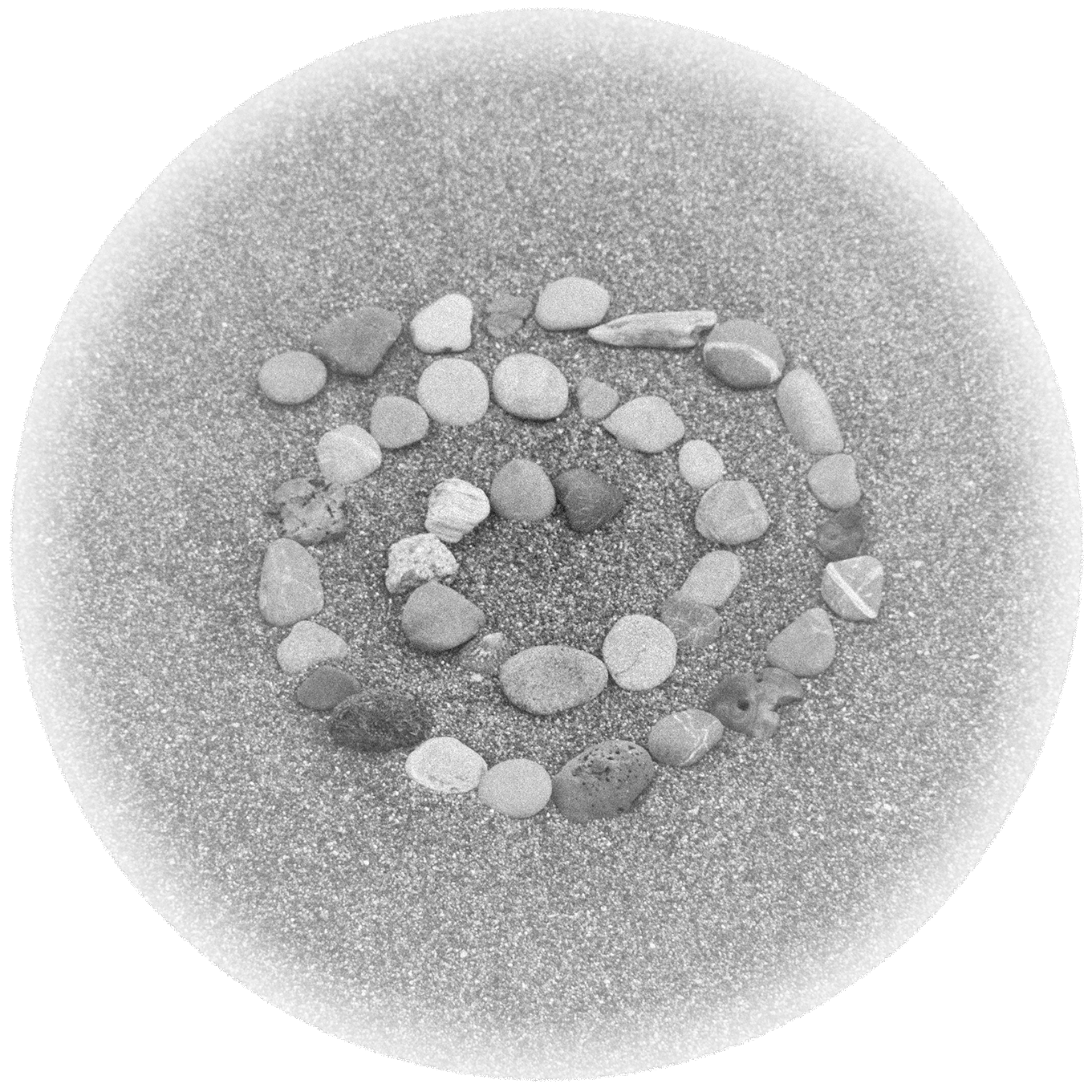
fixed lumen print

naturally dyed with tarata and nasturtium

fixed lumen print

naturally dyed with tarata and nasturtium

naturally dyed with kelp
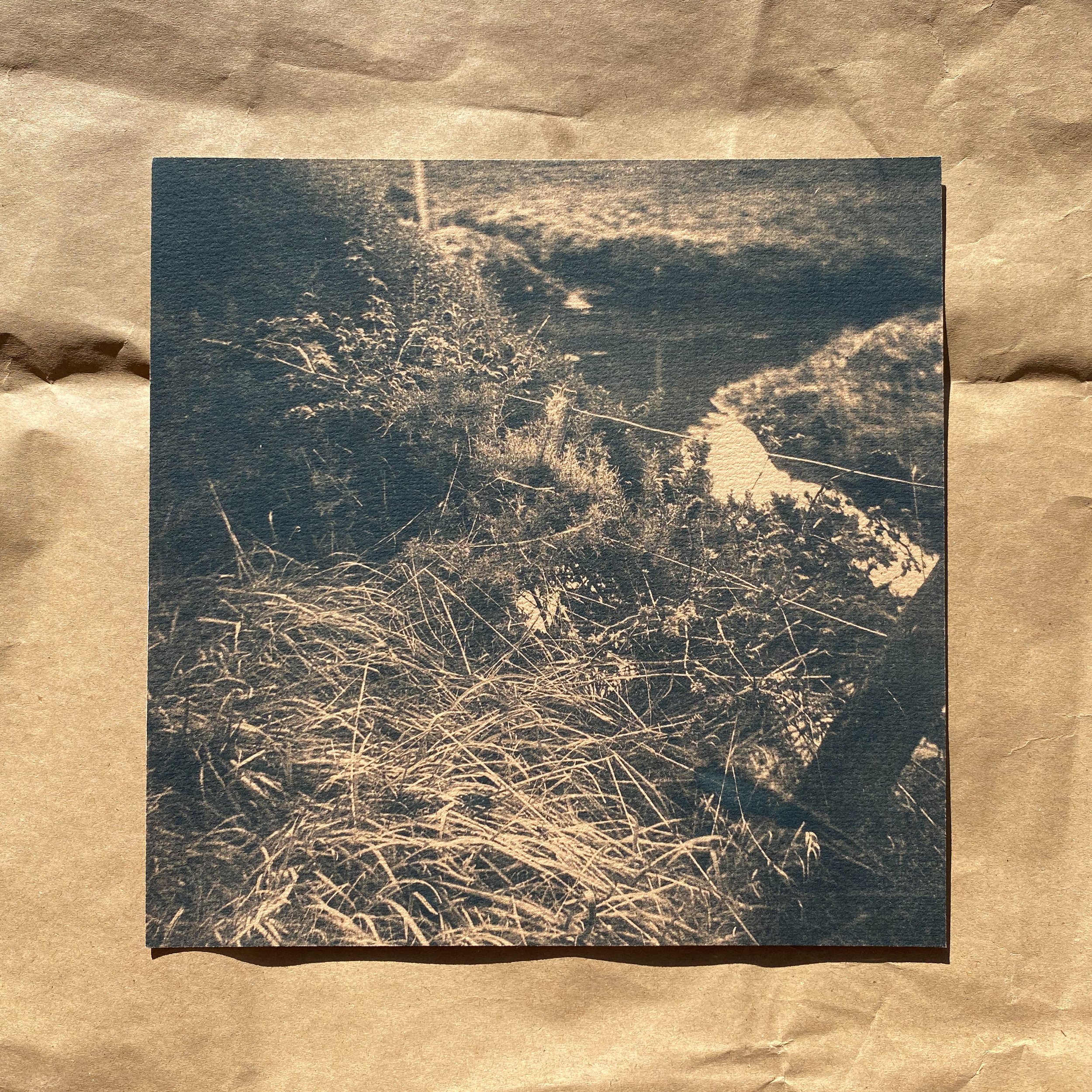
naturally dyed with Eucalyptus and Berberis

unfixed lumen print, virtually faded
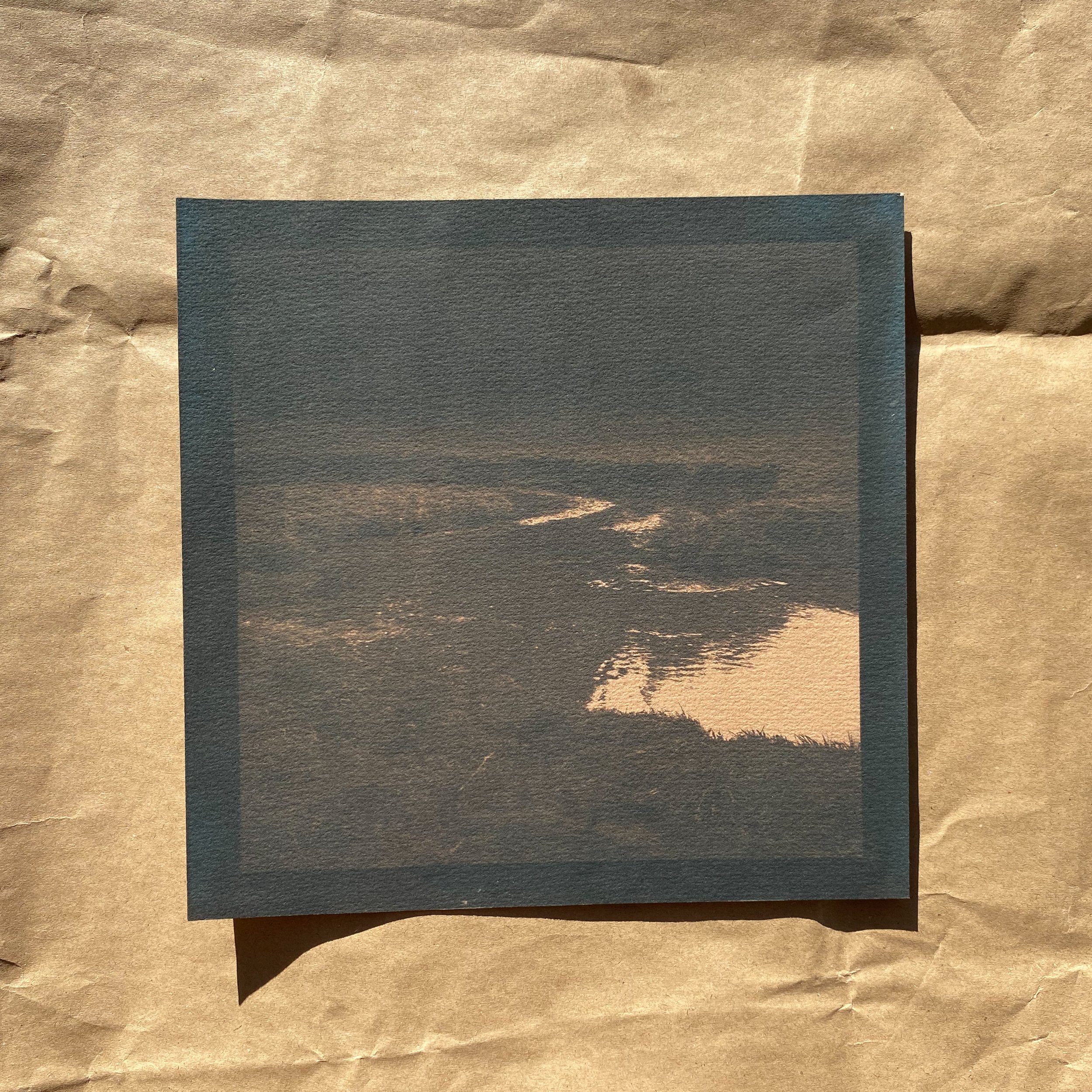
naturally dyed with Eucalyptus and Berberis

fixed lumen print
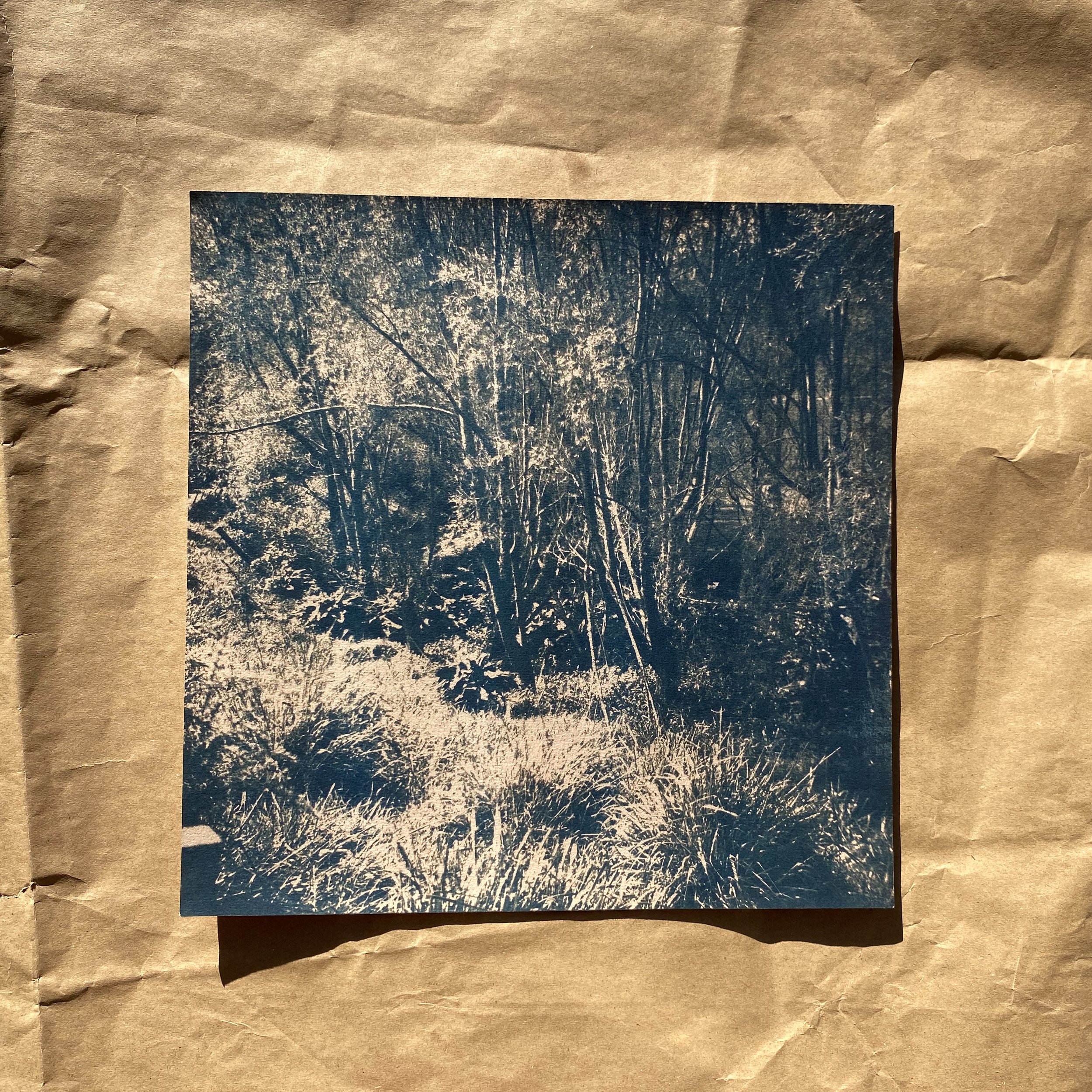
naturally dyed with harakeke
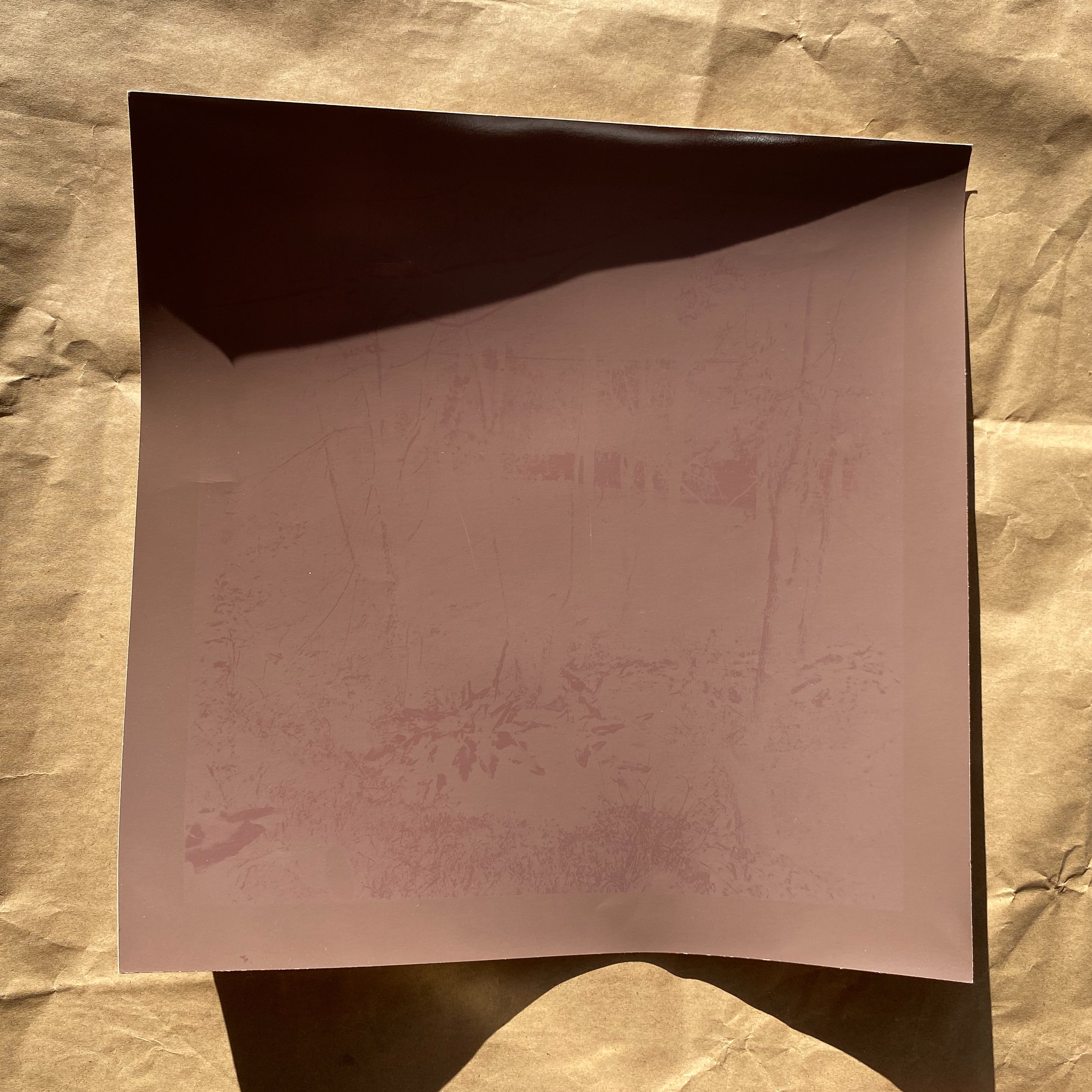
unfixed lumen print, virtually faded

naturally dyed with Tarata and Nasturtium
SACRED
SACRED, is a site-responsive exploration of Mākara Valley, Ngāti Toa and Te Ati Awa land, materialised through the medium of sustainable photography.
In attempt to reduce the waste that my analog photographic process creates, sustainable photography has introduced alternative methods into my practice. Including Caffenol, a homemade film developer made with household ingredients. Cyanotype, bleached with baking soda and toned with natural dyes made from plant material foraged from the site. Alongside lumen prints, using expired darkroom paper and sunlight to create both fugitive and fixed prints.
When I began documenting the site, the area had recently been devastated with flash flooding that uprooted farm land and dismantled river banks. As the space now exists, 15 weeks on, there are very few remainders of this natural event. This sense of ephemeral remnants is amplified my the fading fugitivity of some sustainable photography processes.
In considering the waste my photographic practice makes, and actively trying to reduce it, I’ve become more aware of the environmental impact of my art. This has positively altered the way I am conducting myself in the natural spaces I am entering, I’ve learnt to honour the whenua and speak my gratitude before taking from the land.
My new perspective has taught me how to be more observant. I’m now noticing the budding regrowth of native plants that grow inside decrepit buildings, once housing farming families and megalithic boulders anciently familiar with the underground, yet presently covered in lichen and scattered over hillsides.
These observations create a boundary between life, growth, rejuvenation, and destruction by the anonymous human footprint. My photographs sit within this, listening, conversing and observing.
Te toto o te tangata he kai, te oranga o te tangata, he whenua, he oneone
While food provides the blood in our veins, our wellbeing is drawn from the land and soils
2021

'sacred' instillation view in 'fugitive, fleeting, feeling'

